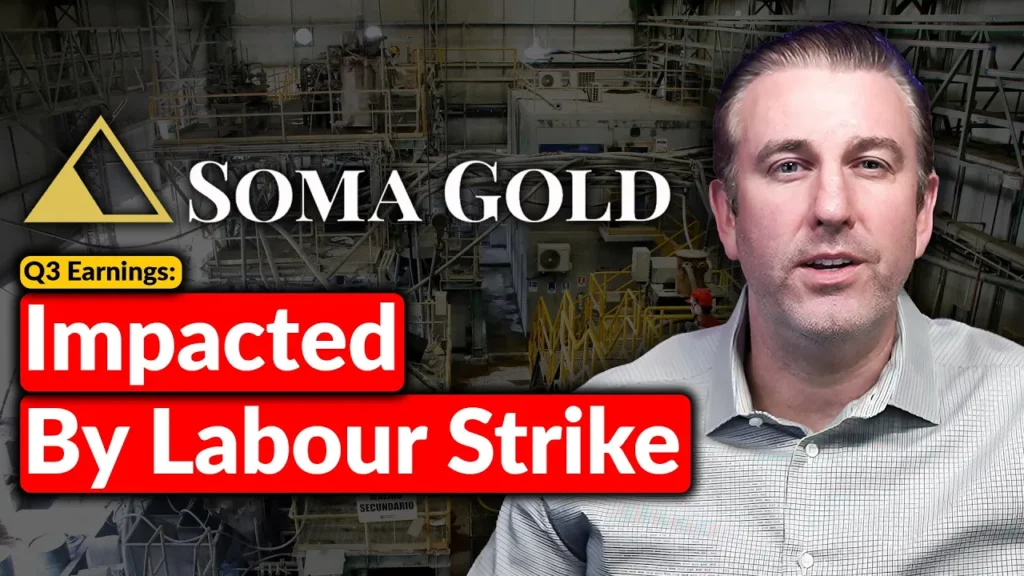Rivian Automotive, Inc. (NASDAQ: RIVN) last night reported weak 2Q 2022 results in virtually all respects beside two — the company reaffirmed that it is on track to reach its goal of producing 25,000 vehicles for the full year 2022; and refundable reservations for its R1T pickup truck and its R1S SUV totaled about 98,000 on June 30, up from 90,000 in early May. Despite Rivian’s production comments, achieving this manufacturing level will not be easy.
Rivian is burning cash at an extraordinarily fast pace. In 2Q 2022, the company burned US$1.563 billion of cash (defined as its operating cash flow deficit plus capital expenditures) even though it booked US$364 million of revenue in the quarter from delivery of 4,467 vehicles to customers. Rivian’s cash burn rates in 1Q 2022 and 4Q 2021 were US$1.448 billion and US$1.541 billion, respectively.
| As of 6-30-22 | As of 5-9-22 | As of 3-8-22 | As of 12-15-21 | |
| R1T Pickup Trucks: | ||||
| Produced | 650 | |||
| Delivered | 384 | |||
| R1S SUVs: | ||||
| Produced | 2 | |||
| Delivered | 2 | |||
| Total Vehicles Produced Since Inception | 7,969 | 5,000 | 2,425 | 652 |
| R1T and R1S Combined Reservations | 98,000 | 90,000 | 83,000 | 71,000 |
Reflecting all this, Rivian recorded an adjusted EBITDA loss in 2Q 2022 of US$1.305 billion, up from US$1.144 billion in 1Q 2022. In turn, the company significantly boosted its projected adjusted EBITDA loss for the full year 2022 to US$5.45 billion from US$4.75 billion. Positively, much of this boost in estimated losses may be offset on a cash basis by management’s reducing its capital expenditures forecast for the year to US$2.0 billion from US$2.6 billion.
Not surprisingly, Rivian’s cash balance keeps dropping. As of June 30, 2022, the company had US$14.9 billion of unrestricted cash, down from US$18.1 billion at year end 2021. At its current level of cash burn — and not accounting for a hoped-for substantial upturn in production in 2023 — the company has about eight quarters of cash left.
| (in millions of U.S. dollars) | Full Year 2022E | 2Q 2022 | 1Q 2022 | 4Q 2021 | 3Q 2021 |
| Revenue | $364 | $95 | $54 | $1 | |
| Operating Income | ($1,708) | ($1,579) | ($2,454) | ($776) | |
| Operating Cash Flow | ($1,204) | ($1,034) | ($1,086) | ($685) | |
| Adjusted EBITDA | ($5,450) | ($1,305) | ($1,144) | ($1,108) | ($727) |
| Capital Expenditures | ($2,000) | ($359) | ($418) | ($455) | ($469) |
| Cash – Period End | $14,923 | $16,432 | $18,133 | $5,156 | |
| Pro Forma Cash Reflecting IPO and Debt Issuance Proceeds | $19,920 | ||||
| Debt and Convertible Preferred – Period End | $1,655 | $1,609 | $1,533 | $11,085 | |
| Shares Outstanding (millions) – Period End | $916 | 901 | 901 | ||
| Number of Vehicles Produced (A,B) | 25,000 | 4,401 | 2,553 | 1,003 | 12 |
| Number of Vehicles Delivered | 4,467 | 1,227 | 909 | 11 |
Rivian produced 6,954 vehicles in the first half of the year, meaning that to make its 25,000-unit production goal for 2022, the electric vehicle maker would have to produce just over 18,000 units in the second half of the year, or 160% more than in the first half. Phrased differently, Rivian will have to manufacture just under 700 vehicles per week in 2H 2022 to reach its 25,000-unit goal for 2022. This would represent about a 74% increase from its rate over the period May 10 through June 30.
In a departure from Rivian’s past two quarterly earnings releases, the company did not specify its production levels in the quarter to date. Putting forth that information is of course not required, but not releasing it when positive production data over the last six weeks would reinforce investors’ belief that 25,000 vehicles will be manufactured this year is curious.
The stock market’s valuation of Rivian seems to be based much more on art than science. Despite its recent ~50% rally over the past month, the shares are still down about 80% from its November 2021 high. After factoring in its US$13.25 billion net cash position, Rivian’s enterprise value is still US$22.5 billion. When compared against its projected 2022 adjusted EBITDA of negative US$5.45 billion, the valuation judgment is far from straightforward.
The release of the results follow reports in late July that the company has laid off up to 6% of its total workforce.
Rivian Automotive, Inc. last traded at US$39.46 on the NASDAQ.
Information for this briefing was found via Edgar, Bloomberg, and the companies mentioned. The author has no securities or affiliations related to this organization. Not a recommendation to buy or sell. Always do additional research and consult a professional before purchasing a security. The author holds no licenses.









